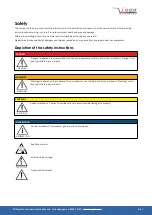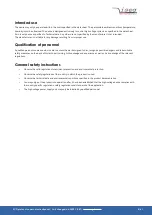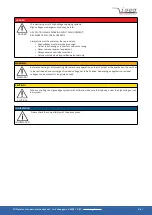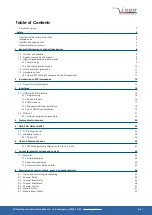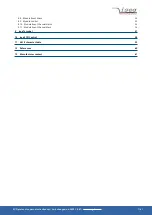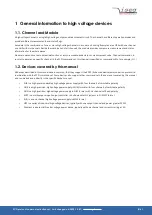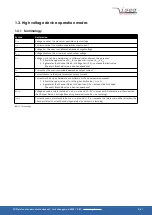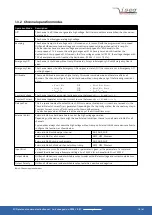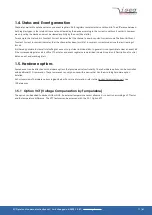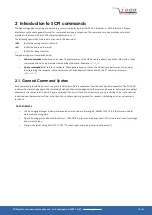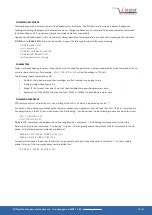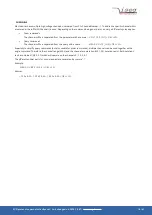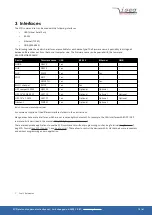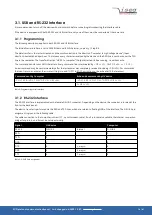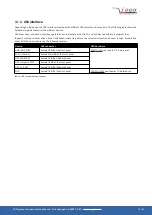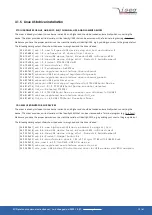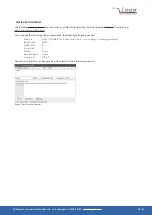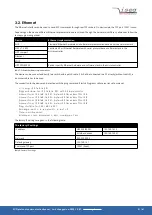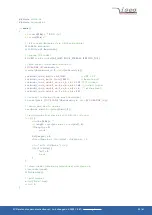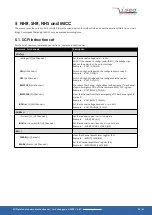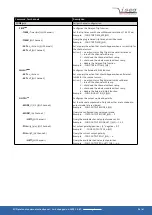
2 Introduction to SCPI commands
The high voltage devices can be connected to a control computer by the USB, RS-232, Ethernet, or GPIB interface. All these
interfaces use the same general format for commands and query responses. The commands are transmitted as plain text,
encoded in the standard 7-bit ASCII character table (section 11).
The following special ASCII characters are used in this document:
<CR>
(0x0D) the carriage return character
<LF>
(0x0A) the line feed character
]
(0x20) the space character
Two general types of commands exists:
•
Order commands
which have no answer. These always cause the HV device to perform any action. Most often, these
commands ends with a parameter that specifies the action. Example:
:VOLT
˽
ON
•
Query commands
that returns a response. These generally do not cause the HV device to perform an action other
than returning the response. All these commands have a keyword that ends with the “
?
” character. Example:
:MEAS:VOLT?
2.1. General Command Syntax
Each command is formed by a set of one or more fields. Each field is separated from the next by a field separator. The first field
is always the command keyword, the remaining fields and their syntax depend on the command keyword. Commands are always
executed in the same order in which they are received. If an error is found in an instruction set, processing of the instruction set
is aborted and the remainder of the instruction set is not decoded or executed. For requests containing an error, no answer is
sent back.
DATA FORMATS
•
UI4: An unsigned integer in decimal presentation, with value in the range 0..4294967295. This is the format used for
status and event registers.
•
Float: A floating point value with the 1234.567E-6 (sign, mantissa, exponent). This is the format used for voltage
and current values.
•
String: A character string like “ON” or “OFF”. These strings have to be given without quotes (“).
SCPI protocol common instruction set | Last changed on: 2020-10-07 |
www.iseg-hv.com
12/61



